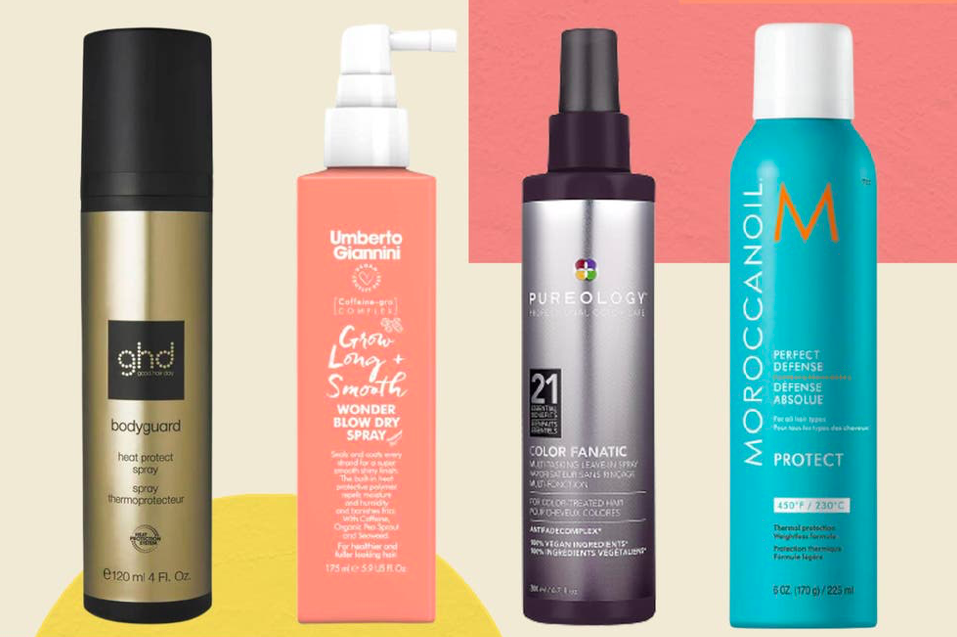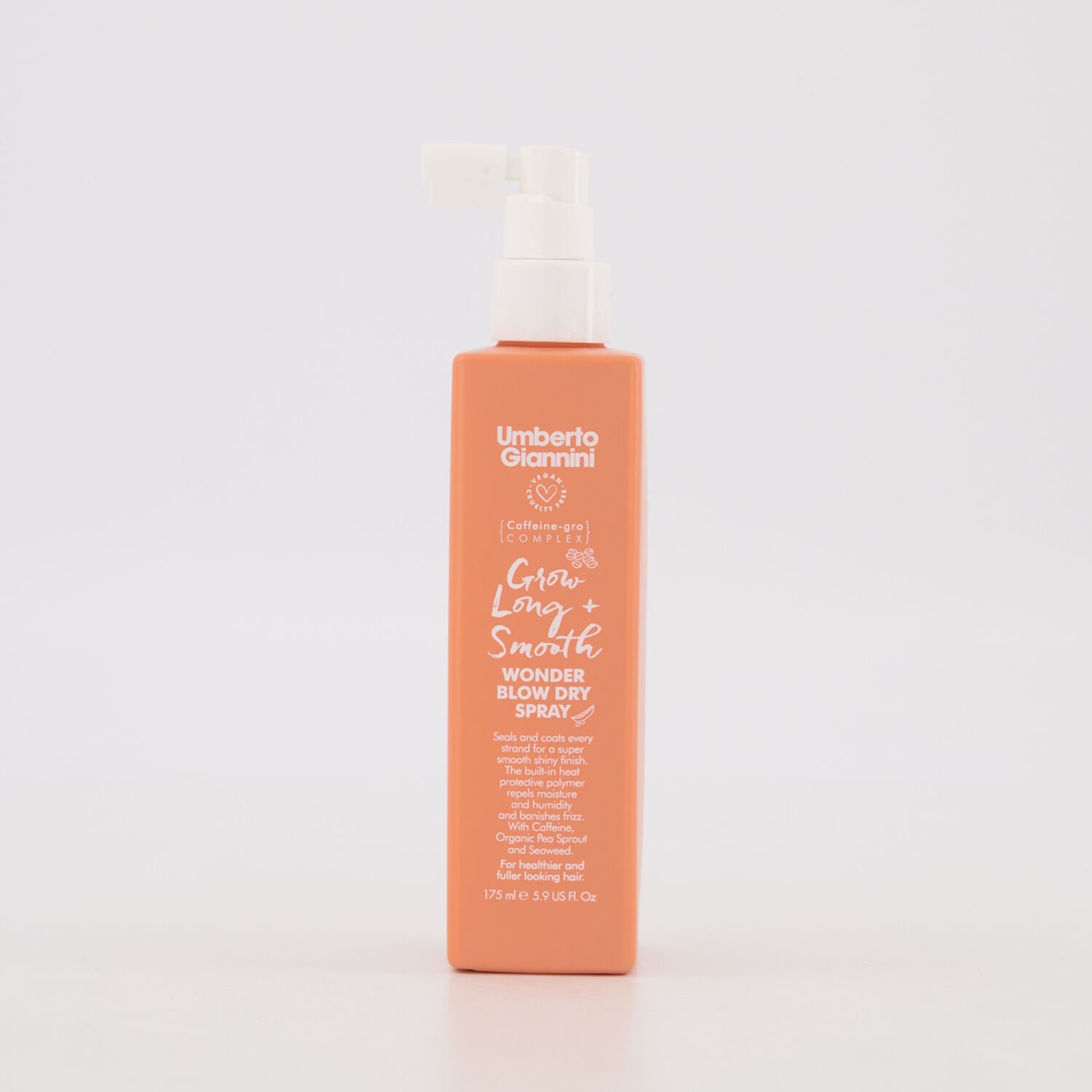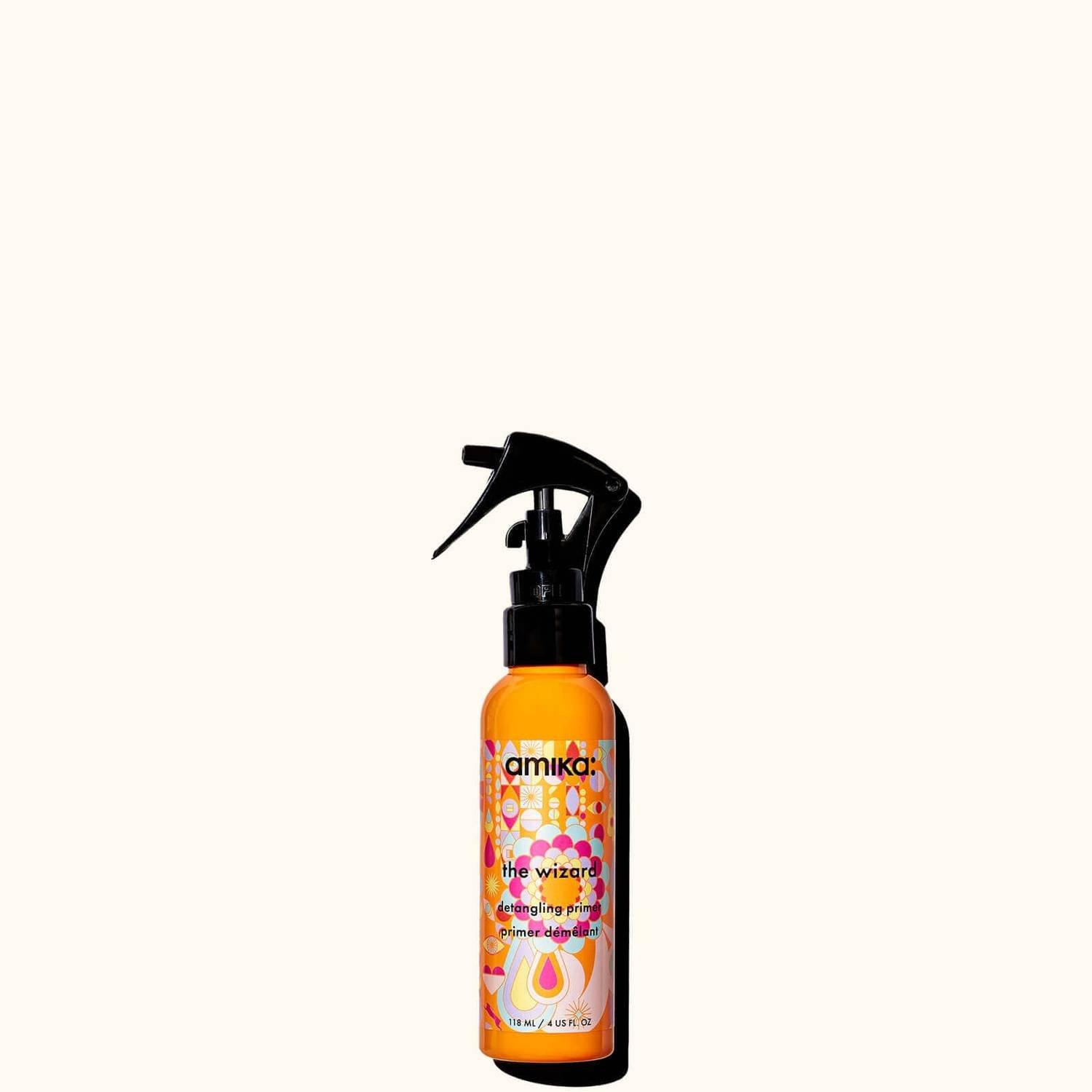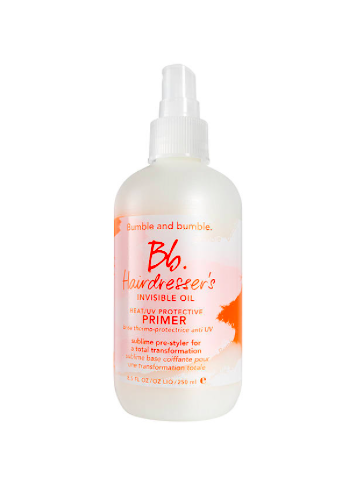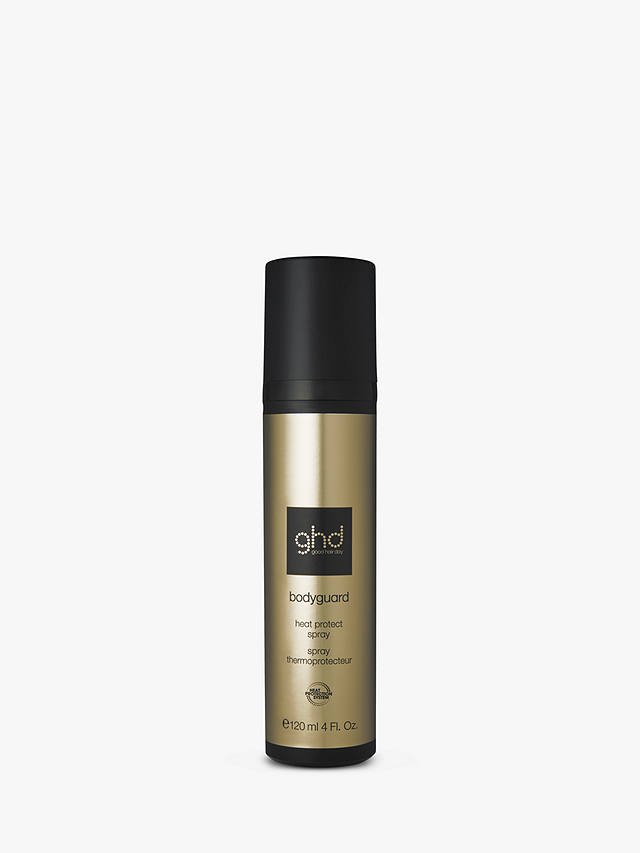Three ways to take care of dyed hair - and make your colour last longer
1. Wait 72 hours before shampooing
If you wash during this time, you'll also be washing your money down the drain, literally! The longer you wait between colouring your hair and the first shampoo, the better.
Most products will say if they are for coloured hair, but as if not just aim for sulphate free.
How do I take care of my blonde curly hair?
Being blonde and curly are two things that need just that little bit extra attention when it comes to hair care.
Here are our top tips for looking after your colour and curls.
Shampoo sparingly
Over-washing curly hair can strip it of the natural oils you need to keep it healthy, shiny and hydrated. Opt for colour enhancing purple shampoos. Click here to read about our pick of the best.
Condition like crazy
Coloured hair, as well as curl, need extra moisture, so invest in some quality deep conditioner and try and do a hair mask once a week.
Over avoid-styling
Heated styling tools like hairdryers, straighteners and curlers really play havoc with hair, so try to minimise how often you do this, and keep the heat setting low.
How often should you wash your hair?
How often should you wash your hair? It’s a question we get asked a lot at the salon, and the answer depends on a few different things…
If you wash your hair too much, you can remove the sebum your scalp produces - this is vital to healthy, shiny hair. And don’t be scared of oily hair, because despite what shampoo brands want you to believe, washing your hair a lot can turn your good hair day into a bad day.
Most people don’t need to wash their hair every day or even every other one, and how often you do it depends on quite a few factors. The simplest answer is that you should wash it once it’s oily and feels unclean to the touch.
But what other factors influence how often you need to wash your hair?
OIL
Oil is probably the biggest culprit behind what most people consider dirty hair, and it can leave hair limp and clumpy. How much oil you produce will depend on your age, genetics, sex, and environment. Kids and older adults don’t produce as much sebum as teenagers or 20-30 year olds.
TYPE OF HAIR
Straight and thin hair will need to be washed more often than thick or curly hair. This is because straight hair is easily coated by sebum, so it’ll look greasy faster. Thick, wavy or curly hair tends to be dry because the oil doesn’t coat the strands as easily. Sebum is actually a crucial part of well-defined curls, because curly hair needs more moisture to stay soft and prevent frizzing.
SWEAT
As you might expect, a sweaty workout does your hair no favours. How much you sweat is a big factor in how often you ought to wash, or at least rinse, your hair. Sweat can spread sebum and make your hair look and feel dirty. It can also cause your hair to smell.
Model Kate Moss's guide to 'cool girl' beauty
What is the best way to prevent heat damage?
Q: What is the best way to prevent heat damage?
A: Heat-protecting sprays are the best way to protect hair from damage
Reducing the heat on your styling tools (hairdryer, curler, straighteners) will make a difference. Try to only use heated tools once a week to reduce further hair damage.
Here are some of our favourite heat defence sprays to protect hair:
How to thicken hair
Want to know how to thicken hair?
It’s one of the most common questions we get asked at the salon, and the answer to how to thicken hair is a complex one, but it can be done!
First it’s useful to understand a bit about why your hair loses thickness in the first place, and then read on to find out our top tips for how to get thicker hair…
What causes hair to lose thickness?
The most common reason for a gradual loss of hair in volume and thickness is getting older. This is because, as we age, the new hair emerging from the follicle is thinner, and eventually the same stem cells stop producing melanin (the colour pigment), so these wispy thin hairs turn grey or white.
Medical conditions like eczema can also make hair thinner, as it causes follicles to become blocked and prevent new hair growth.
Autoimmune and/or genetic disorders can also mean that hair gets thinner or even falls out altogether, while some meds can have an adverse effect on hair thickness.
Temporary hair loss or thinning hair can also happen after the body experiences a major shock that disrupts the hair's normal growth pattern.
What bad habits can cause thinning hair?
Before you can thicken hair, it's useful to know about any habits that might be causing it to thin. As we’ve heard, while genetics and medical conditions are sometimes responsible, they're not the only culprits!
Pulling at hair and keeping it in very tight hairstyles will, not surprisingly, gradually weaken the hair strand and the follicle it comes from.
Your lifestyle plays a major role in the quality of your hair. Stress and nutrition (vitamin deficiency) have been directly linked to poor hair quality, as well as unhealthy habits such as smoking and yo-yo dieting.
Four ways to thicken your hair's appearance
Try a spalp massage
When washing the hair, use your fingertips to massage the scalp in gentle circular motions to stimulate blood flow and promote the healthy growth of new hair.
Use hair thickening products
For thinning hair, we love L’Oreal’s Serioxyl Denser Hair Serum, a daily treatment to improve hair density. For fine hair needing a little volume boost, we recommend L’Oreal Serie Expert Volumetry volumising root spray, as well as Volumetry Shampoo and Conditioner. For long hair, suffering from thin ends, L’Oreal Serie Expert Pro Longer uses patented, filling technology to renew lengths and fills-in-ends. The Pro Longer Ends Filler Concentrate, is a weekly hair treatment that provides strength and durable thickness to ends.
Have regular trims
Have your hair trimmed regularly to prevent the development of split and uneven tips, which will cause the hair to look thin and straggly. Even, well-cut hair automatically looks fuller and healthier. Ask your stylist at Pankhurst and Deane about a micro-trim hair cut, or an 'invisible cut'. You get to keep the length but the split ends are dusted off.
Use a comb
When styling, use a comb to lightly tease the hair at the roots for instant natural-looking volume. Be careful not to damage the hair, so comb gently.
Three easy tricks for a good hair day - by celebrity hairstylists
Celebrity stylists know all the tricks in the book to get their famous clients looking fabulous for the red carpet, as well as unusual hacks to keep hair healthy.
Actress Jessica Alba
Put a hair mask on before a workout
Sweat can dry out your hair so putting a hydrating mask on before a training session can allow the product to get deeper into follicles thanks to the rise in your body temperature, says Jen Atkin, whose clients include Kim Kardashian and Jessica Alba. Just wash it out when you shower post-workout!
Kim Kardashian
Fake volume with a double ponytail
"Fake thicker hair by stacking two ponytails close together, on top of each other in the back of your head,” says Jet Rhys, owner of Jet Rhys Salon in San Diego and stylist to Julia Roberts.
Actress Julia Roberts
Create shaggy beach waves while you sleep
Spritz your hair with a sea salt spray then twist hair into four flat Princess Leia style buns before bedtime. “The style is super comfortable to sleep on and you can wake up and shake loose effortless beachy waves!" says Michael Angelo, founder and creative director of Wonderland Beauty Parlor, who counts actress Susan Sarandon as a former client.
Actress Susan Sarandon
Supermodel Kendall Jenner's guide to sun-kissed skin
How to repair dry summer hair
Photo by Andrea Piacquadio
Summer hair tip 1: Start with a trim
Not only will it get rid of split ends and instantly make hair look healthier, it’ll make you feel - and look - great. Call us on 01865 553725 to make an appointment.
Tip 2: Protect hair with a hat
Yes, it sounds simple, but protecting your strands with a hat is an easy way to keep hair healthy.
Tip 3: Hydrate
We love L’Oreal Paris Power Moisture Hydrating Shampoo and L'Oreal Paris EverPure Sulfate-Free Color Care System Moisture Conditioner. Talk to us in the salon about our L’Oreal range of moisturising shampoos and conditioners.
Tip 4: Take a hot tool detox
Hair styling tools can be damaging at the best of times, but when the heat is on, give your hair a break by letting hair dry naturally.







